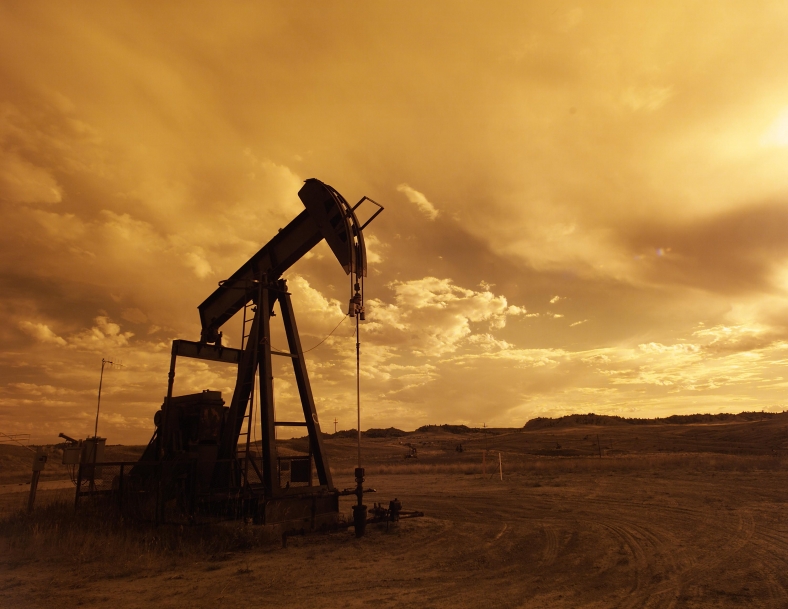Last summer we posted on the Bureau of Ocean Energy Management’s gentle pushback against various voices that objected to BOEM’s decision to allow safe, carefully regulated seismic testing to map offshore energy reserves in the Atlantic. The pushback apparently prompted some pushback, because last month BOEM reasserted the facts on safe seismic in its online “Science Notes” feature.
As was the case last August, BOEM Chief Environmental Officer William Y. Brown weighed in:
In August 2014, BOEM published a Science Note addressing a few fundamentals about impacts of seismic air gun surveys on marine mammal populations. … BOEM’s conclusion regarding the impact of these surveys is in stark contrast with public statements citing BOEM research and asserting that many thousands of marine mammals will be killed or injured through these surveys. For example, one web posting states that “Seismic air gun testing currently being proposed in the Atlantic will injure 138,000 whales and dolphins and disturb millions more, according to government estimates.” This characterization of our conclusion, however, is not accurate; that is actually not what we estimate.
Brown explains that the figure of 138,000 “takes” – which includes actions that only have “the potential to disturb” an animal – “is by design highly over-estimated to err on the side of protection, and it does not consider key mitigation measures that will be required to prevent ‘taking.’” As he explains:
One such requirement, for example, is that seismic survey vessels maintain “exclusion zones” around vessels whose boundaries are set to avoid any injury to marine mammal hearing. If a marine mammal enters the zone, or appears on a course to enter, trained observers call for immediate shut down of the air guns until the animals are clear of the area. Therefore, even those numbers included in the PEIS are far in excess of those takes we anticipate, given the mitigation measures that will be employed.
The interchange is timely, with BOEM scheduled to hold public meetings in North Carolina on Monday on the use of seismic testing. We’ve posted on seismic before observing that last year’s federal decision to allow it on portions of the Atlantic outer continental shelf is important to determine how much oil and natural gas might be developed there. (Here’s a link to a video showing how safe seismic surveying works.)
In his new piece, Brown points out that the surveys characterize sub-seabed geology for energy development purposes but also are used for the government’s marine minerals program and renewable energy.
As Brown noted in his article last summer, “everyone benefits from getting the facts right.” A Q&A that accompanied his article stated:
To date, there has been no documented scientific evidence of noise from air guns used in geological and geophysical (G&G) seismic activities adversely affecting marine animal populations or coastal communities. This technology has been used for more than 30 years around the world. It is still used in U.S. waters off of the Gulf of Mexico with no known detrimental impact to marine animal populations or to commercial fishing.
Safe seismic testing in the Atlantic is an important step in vital outer continental shelf energy development – where at least 4.7 billion barrels of oil and 37.5 trillion cubic feet of natural gas are likely to be found. Seismic would provide critical knowledge to finding that energy and in the process generate job creation and economic growth while increasing our nation’s energy security.
By Mark Green
Originally posted April 24, 2015
Energy Tomorrow is brought to you by the American Petroleum Institute (API), which is the only national trade association that represents all aspects of America’s oil and natural gas industry. Our more than 500 corporate members, from the largest major oil company to the smallest of independents, come from all segments of the industry. They are producers, refiners, suppliers, pipeline operators and marine transporters, as well as service and supply companies that support all segments of the industry.

